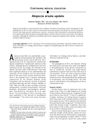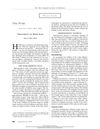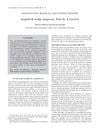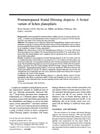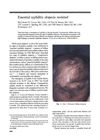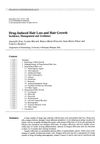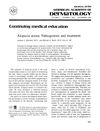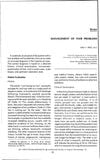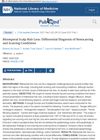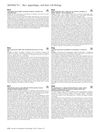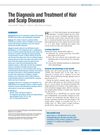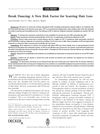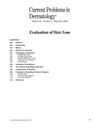Clinical Approach to the Patient With Alopecia
March 2006
in “
Seminars in Cutaneous Medicine and Surgery
”
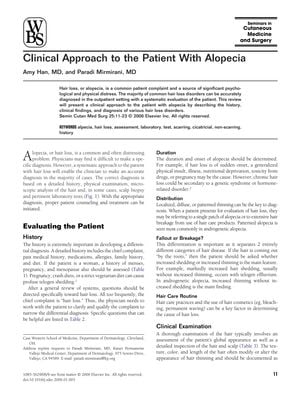
TLDR Most hair loss disorders can be accurately diagnosed and treated in an outpatient setting.
The 2006 document outlines a systematic approach for diagnosing and treating alopecia, emphasizing the importance of patient history, physical examination, and diagnostic tests such as microscopic hair analysis, scalp biopsy, and laboratory tests. It details the diagnostic criteria for various types of alopecia, including androgenetic alopecia (AGA), telogen effluvium, alopecia areata (AA), syphilitic alopecia, loose anagen hair, and tinea capitis, highlighting the significance of clinical findings and history in diagnosis. Additionally, it discusses less common conditions like trichotillomania, anagen arrest/effluvium, and cicatricial alopecia, noting the prevalence of trichotillomania at 0.6% among 2,500 college students and primary cicatricial alopecias ranging from 3.2 to 7.3% in retrospective studies. The document concludes that most hair loss disorders can be accurately diagnosed in an outpatient setting, which is crucial for effective patient counseling and treatment initiation.
